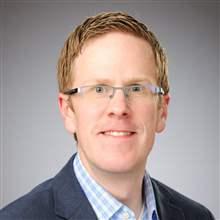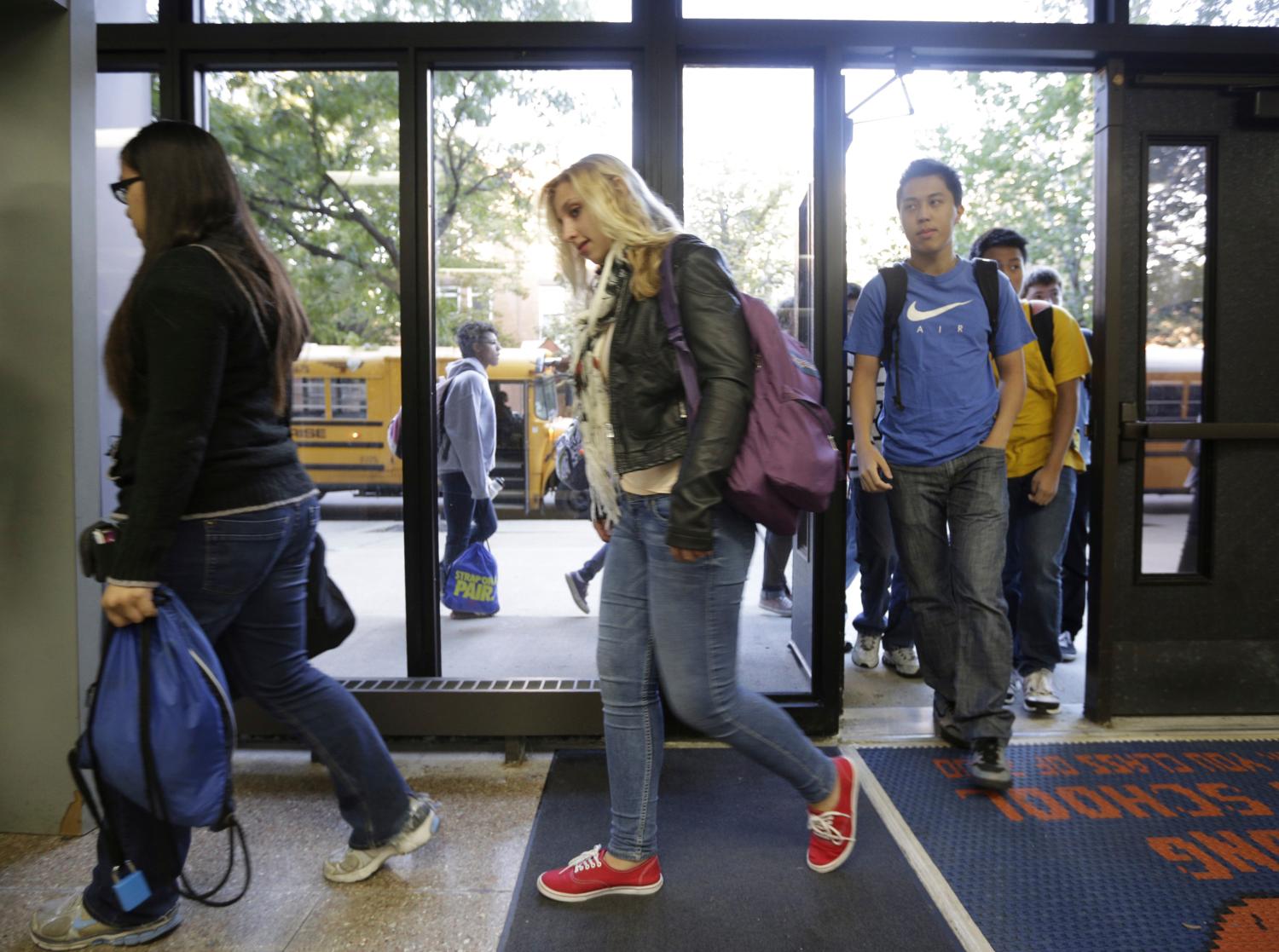In 2012, Denver Public Schools (DPS) implemented SchoolChoice, the country’s first unified enrollment system for all public schools in the city: district, charter, and magnet. Over the past five years, DPS has used choice as a major tool to increase student access to high-performing schools. We also suspect it has contributed to attracting new students to the district, making DPS among the fastest-growing urban school districts in the country.
During the same time, Denver as a city has been among the places experiencing the highest housing price increases in the country, with some neighborhoods increasing over 50 percent in assessed value in just two years. This has led to housing instability, involuntary displacement, and enrollment declines in several parts of town that were historically low-income communities. While these changes present an opportunity to integrate previously de facto segregated schools, this may end up being temporary as a neighborhood goes through wide-spread change that eventually results in a more affluent, less diverse student population.
Although the introduction of choice in many states has positively increased access to high-performing schools for all racial, ethnic, and socio-economic groups, it has not markedly increased integration. Research indicates that diverse schools can benefit all students—and that school-choosing parents desire at least some diversity in their children’s schools. We at DPS are reflecting on the strategies we have implemented to support racial, ethnic, and socioeconomic integration over the past few years while looking ahead to what we can do in the future; this post shares some of these lessons we’ve learned.
What we have already done
Over the past five years of executing unified enrollment, DPS has implemented several strategies to support the socio-economic integration of schools, with admittedly mixed results.
- Redraw school boundary lines. In Denver, like in many cities, segregated housing patterns often mean that drawing small geographic circles in a neighborhood for a school boundary would create segregated schools. But in Denver, drawing larger circles that encompass multiple neighborhoods presents opportunities for more integrated schools. Since 2010, DPS has implemented 11 “shared enrollment zones” by drawing bigger circles that give students equal access to a larger set of schools. One consequence of this strategy is shifting students in a given neighborhood from a guaranteed seat at one school to a guaranteed seat at one of several schools (but not any one school in particular). We have found this strategy successful in improving integration. However, it is often challenging from a community engagement perspective—and particularly when families lose a guaranteed seat in a very desirable school (a topic explored in recent research).
- System priorities for socio-economic status. Twenty-seven of our roughly 200 schools now offer a priority for students that qualify for free or reduced-price lunch (FRL), including several of our most affluent and sought-after schools. This can help FRL students gain assignment into high-performing schools, along with increasing diversity. Last year, several hundred students received this priority and were able to enroll at one of these schools. One continuing challenge is that some of the most affluent neighborhood schools have few seats available after students who reside in the boundary are seated, which limits the number of seats available through these system priorities.
- Enhanced transportation. DPS has launched several innovative transportation solutions in parts of town where there is a larger number of low-performing schools and a family’s access to private transportation is low. These solutions, called Success Express, connect students with many schools near students’ homes to remove that as a barrier for choice. More than 26,000, or 28 percent of our students, are eligible to take advantage of these solutions.
- New schools with broader appeal. As part of the “Call for New Quality Schools” process, many of the schools that have opened recently in DPS are seeking broader socioeconomic appeal to support their school culture as well as enrollment targets. This includes schools locating in parts of the city near a diverse student body as well as having program models (single gender, arts, STEM, etc.) and extracurricular activities that are attractive for students.
What are the results?
Since 2010, DPS has become less segregated as a result of the strategies above. In 2011, the year before SchoolChoice launched, 42 percent of DPS students attended schools with either more than 90 percent FRL or less than 10 percent FRL. Over the last five years, the percentage of students attending schools with those demographics has steadily declined, down to 30 percent in 2016.

What’s next?
As shown above, while Denver has implemented a set of enrollment strategies toward increasing integration, the preliminary evidence is encouraging at a citywide level. However, there are regions of the city where schools are still largely segregated. Further, neighborhoods that are undergoing some of the highest rates of change are continuing to result in segregated schools because of choice patterns by different races and ethnicities. To help provide thinking beyond the existing set of strategies, DPS launched the Strengthening Neighborhoods Initiative this past spring to engage a citywide committee to make recommendations on our policies regarding boundaries, choice, enrollment, and academic programs to drive greater socio-economic integration in our schools. This broad coalition of partners will create a blueprint to guide our practices in this area.
DPS is fortunate to have core values that support our vision of “every child succeeds” as well as policies and practices in place to support this work, including a nationally recognized unified enrollment system, new school authorization process, and facility allocation process. We believe that by collaborating with our community, we will be able to accelerate the integration of our schools while continuing the academic gains for our students.
The Brookings Institution is committed to quality, independence, and impact.
We are supported by a diverse array of funders. In line with our values and policies, each Brookings publication represents the sole views of its author(s).





